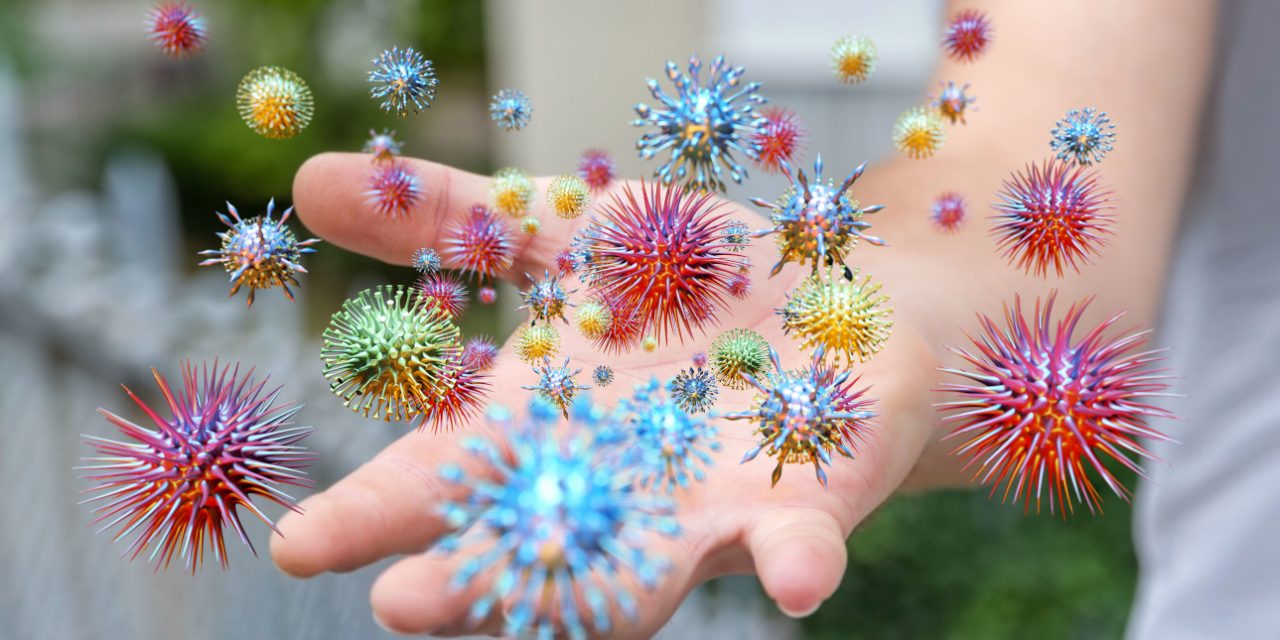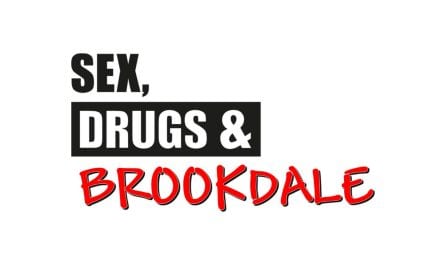By Steve Moran
I offer up this article with some trepidation, fearing that I may, in my own tiny way, be contributing to unwarranted panic. The problem is that sometimes panic is warranted, and more importantly, preparation is the best antidote to panic.
So far COVID-19, the official name, is mostly still in China, but the footprint seems to be growing by the day. As of February 24, it looks like this, according to the World Health Organization:
- It is not a pandemic, meaning it is not spreading in an uncontained way. “What we are seeing are epidemics in different parts of the world.” I would note there are others who feel like the WHO is understating the scope in an effort to avoid panic.
- There are 79,339 cases in 30 countries and 2,619 deaths.
- There has been a rapid uptick in the number of cases in Iran, Italy, and South Korea.
- There are less than 50 reported cases in the US and a much smaller number in Canada (this excludes the 47 Canadians who were infected on the Princess cruise ship).
Potential Senior Living Impact
If COVID-19 gains a foothold in North America it would likely have the following impacts:
- The most obvious is that the older people we care for are at a higher risk of contracting and dying from the virus.
- If it becomes widespread, it will impact staff availability, potentially in three ways:
- If team members are infected, they will not be able to work.
- If team members have a family member who is infected, they won’t be able to work because of the potential exposure risk and because they will likely be needed at home to care for those who are sick.
- There is a very real chance that getting food and other supplies might be more difficult, because of legally required isolation.
Do Something
There is no reason to panic but there are things senior living communities might want to think about doing. By doing some or all of these things it will make the community better prepared and will give residents, teams, and family members confidence in your leadership.
- Have everyone in the community double down on handwashing; at least 20 seconds with soap.
- Ask people to work on not touching their faces with their hands. We all do this dozens of times every day.
- Think about cross-training team members above and beyond what you are already doing.
- Increase your food inventory. There are two reasons for doing this: the first is for your residents, but it is also possible that your team members will face temporary food shortages. Having basics you can sell them or give them will go a long way in cementing your relationship with them and could prevent serious hardship.
- MESSAGE THAT YOU ARE DOING SOMETHING AND WHAT YOU ARE DOING. This is critical and, if it becomes a pandemic you will be better prepared to deal with it. If it doesn’t, you will still look good for thinking about the unexpected.
Masks and Isolation
There is no evidence that wearing masks as a preventative measure is making any difference. However if you have someone who you suspect of being infected, their wearing a mask might make sense, although this can be problematic for some older people.
Right now isolation is not a problem, any resident who is diagnosed with COVID-19 will go to the hospital. If it becomes a pandemic, it is possible that you will end up having to have residents in isolation, so it is something that is worth thinking about.
I found this article that comes out of Australia to be helpful and practical.
Finally, I would love to hear what you are doing in the way preparation, if anything.








